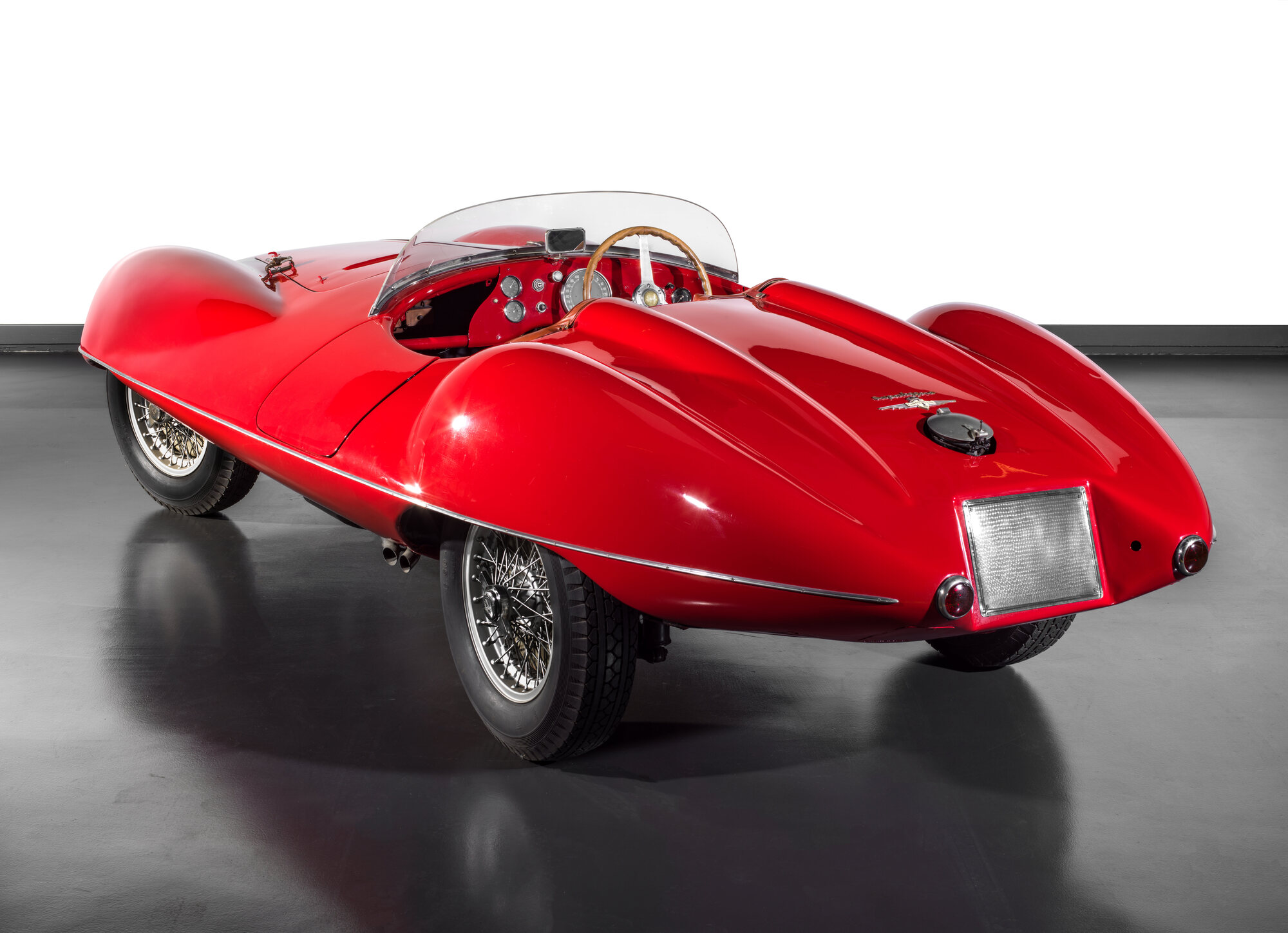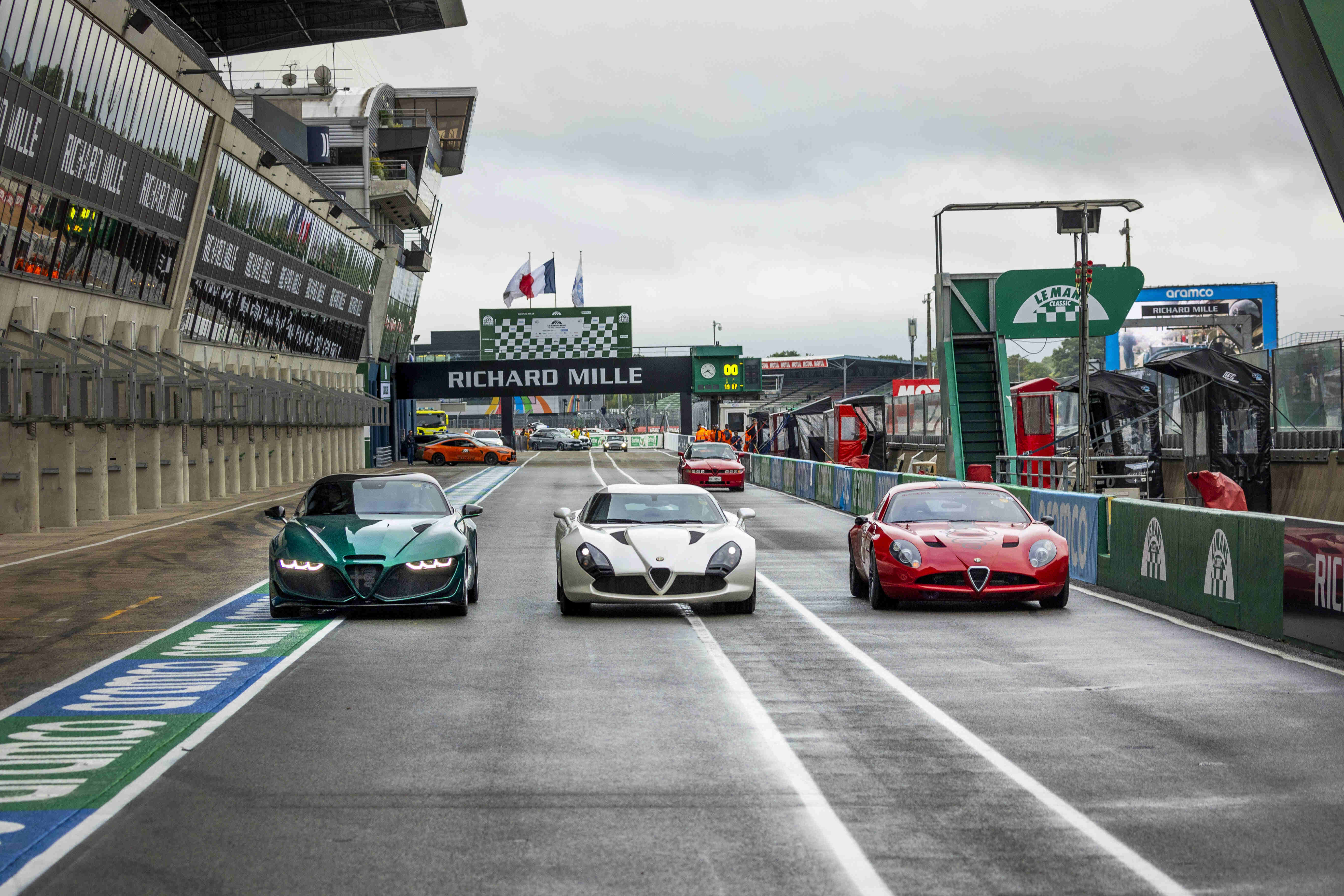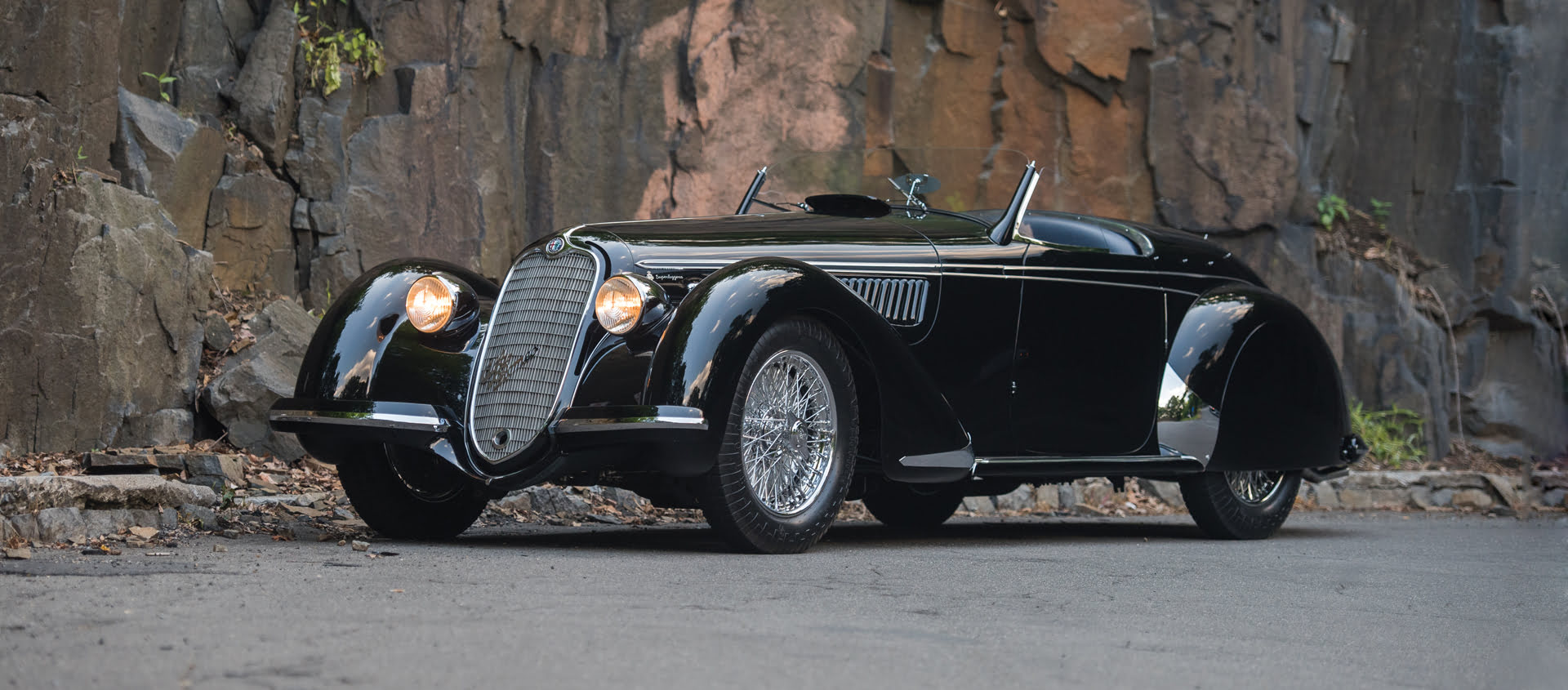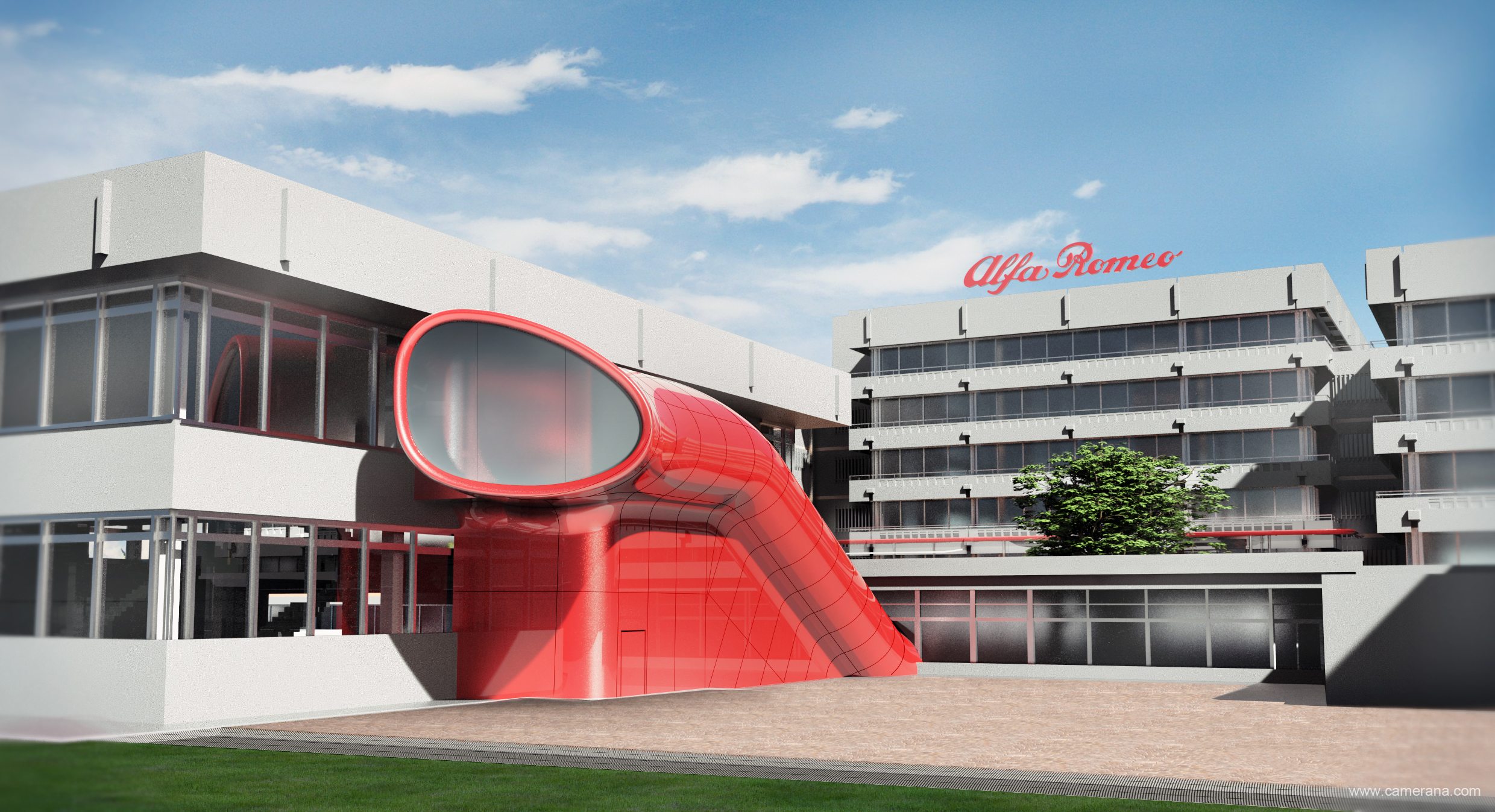Alfa Romeo. When aerodynamics means style
15 June 2020 2 min read 3 images

From today until June 24th, the 110th anniversary of the founding of Alfa Romeo, we will be publishing a series of posts dedicated to this brand, which, in the course of its long history, built on creativity and imagination, has managed to be a protagonist in every field it has entered. We begin by taking a look at what Alfa did in the field of aerodynamics in the pre-war years. This description takes us forward in time with regard to our weekly pieces on this topic, which we will resume, going back to the point we had reached – 1927 with the Claveau –, after this digression into the history of the “Biscione” (as Alfa is known, in reference to the giant snake that features on its badge).
Register to unlock this article
Signing up is free and gives you access to hundreds of articles and additional benefits. See what’s included in your free membership. See what's included in your free membership.
Already have an account? Log In




